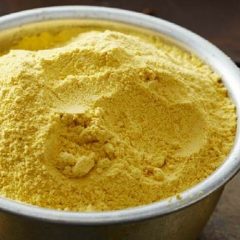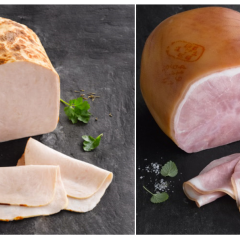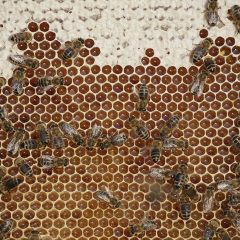Dossier Authenticity of food products
Labels on food products tell you about the nature and origin of a product, the ingredients used and possibly even the processing methods. But is this information correct? Various laboratories in Europe, including ILVO, conduct specific checks. This is called authenticity testing. In this dossier you can read about what common infringements are and how the checks are carried out.
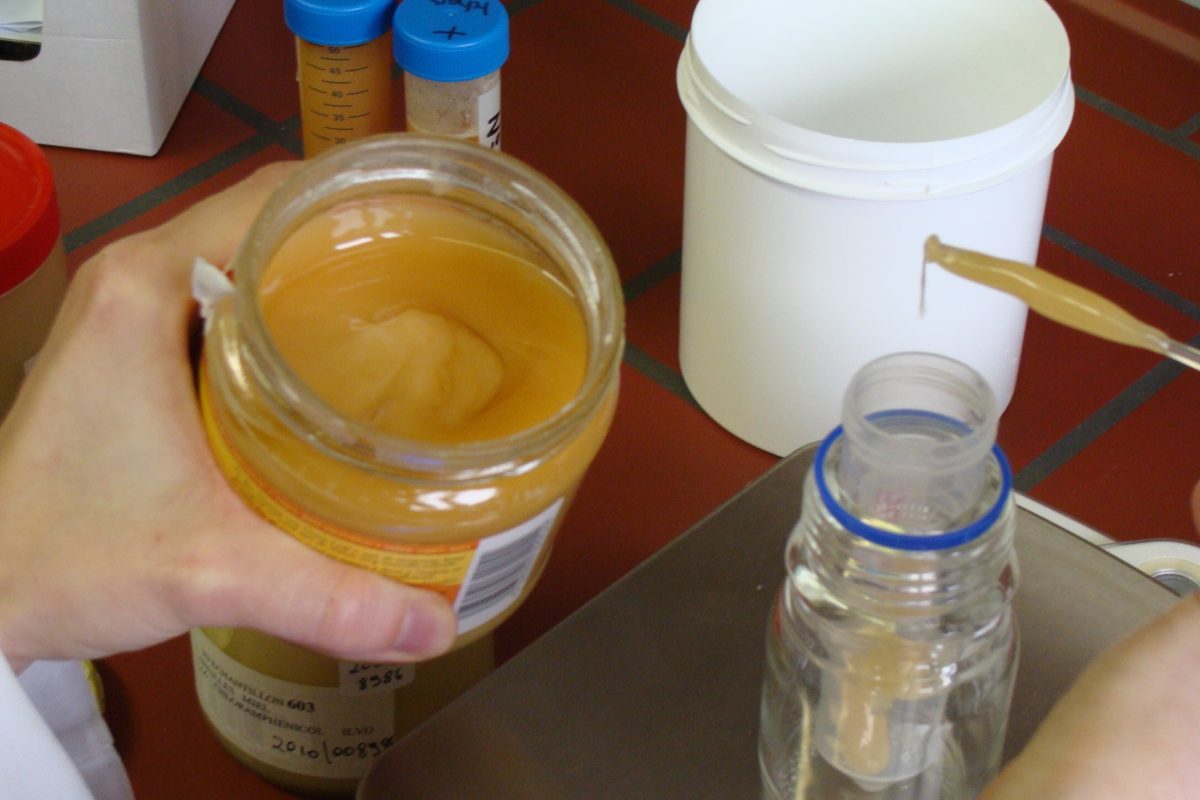
What does ILVO do?
-
 Determination species/variety (plants, meat, fish, shellfish, crustaceans, fungi, bacteria) based on DNA, proteins and other macro molecules
Determination species/variety (plants, meat, fish, shellfish, crustaceans, fungi, bacteria) based on DNA, proteins and other macro molecules -
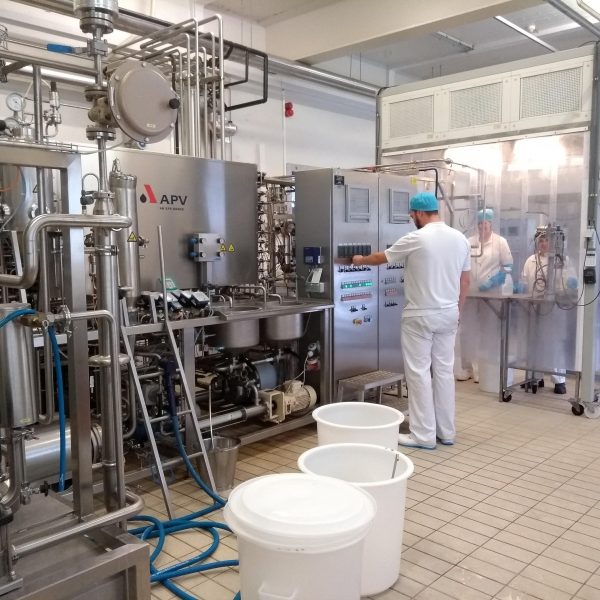 Determinatino of the processing via chemical, enzymatic, biochemical, immunological, and molecular methods
Determinatino of the processing via chemical, enzymatic, biochemical, immunological, and molecular methods -
 Determination of species/variety in food products without external characteristics and/or where more than one species/variety is present
Determination of species/variety in food products without external characteristics and/or where more than one species/variety is present -
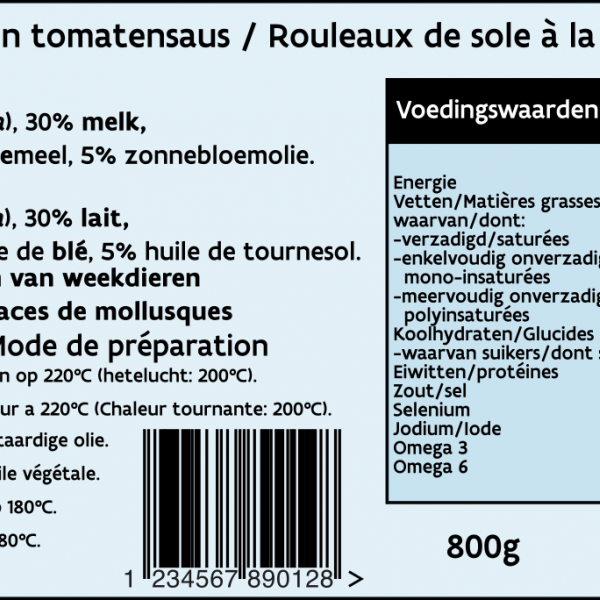 Policy support for monitoring the adherence to the regulations about composition, procesing and labeling of food products.
Policy support for monitoring the adherence to the regulations about composition, procesing and labeling of food products. -
 Development of fast and accurate detection- and identification methods for specific target species
Development of fast and accurate detection- and identification methods for specific target species
Food labels: a source of information
Authenticity research focuses on the question of whether the origin, composition or production method of an ingredient or food product matches with what is stated on the label. Are you eating or drinking what you think you are?
Food producers are not allowed to print whatever they want on their labels. This is stipulated in European legislation. But sometimes infringements of this happen. In the case of a deliberate infringement, it is often about dilution, use of a cheaper ingredient, mention of an incorrect variety name, incorrect indication of the technology used or incorrect indication of the geographical origin. But sometimes infringements also happen unconsciously or unintentionally, for example because one has to look for an alternative raw material due to limited stocks, or because raw materials are difficult to distinguish from each other.
Fraudulent food
Infringements against labeling rules unbalance competition and deceive consumers. That is why various labs in Europe have been authorized to track fraudulent labeling. ILVO also carries out authenticity inspections by order of the Federal Food Agency (FASFC). Because each possible infringement of the authenticity of a product must be investigated in a specific way, ILVO has a broad range of chemical, enzymatic, biochemical, immunological and molecular methods at its disposal.
Below you will find a brief overview of these different methods.
Morphology: visual identification
The most obvious method of identifying raw food ingredients is through the morphological characteristics typical of the species and breeds in question, for example, the structure of the meat or the shape of the fish. Above all, this proven method requires well-trained specialists in well-equipped laboratories.
DNA techniques: fast and accurate
Filets of fish or ground meat is impossible to identify based on morphological characteristics, but DNA-based methods do the job. Scientists use DNA databases in which the DNA sequence of a large number of species (animals as well as plants, fungi, etc.) can be consulted. The authentication researcher then selects a number of genes that he or she knows to be typical for a particular species and checks whether the genes in the processed product match those in the database. That process is called DNA barcoding.
Even when multiple species are incorporated into food products, as is the case, for example, in a fish casserole or lasagna, scientists may resort to DNA techniques. In that case, they will use Next Generation Sequencing (NGS) to sequence all DNA fragments simultaneously.
Biomarkers as indicators of species as well as origin and treatment
You can also look at proteins, fatty acids or other biomolecules that differ greatly depending on the species, origin and/or treatment they have undergone. These "biomarkers" allow you to use advanced analytical techniques such as chromatography, spectroscopy or mass spectrometry to efficiently, accurately and selectively detect fraud and identify geographical origin, genetic breed and even farming system. For example, due to the changes in biochemical composition that occur during a heating process, HPLC techniques can be used to evaluate the heat treatment of milk. Near-infrared (NIR) spectroscopy and hyperspectral imaging (HSI) are also used, in combination with chemometrics.
Spectrometric fingerprint
Examples of successful application of the NIR and HSI techniques include the detection of fraud in vegetable oil, coffee, cereals, meat and fish. Indeed, each food or feed product has a characteristic spectrum, a spectrometric fingerprint that allows identification and differentiation. Variation in the absorption or radiation spectrum at certain wavelengths are linked to the chemical composition of the product. By combining NIR with HSI, additional external (color, shape) features can be added to mathematical models.
The major advantage of this technique is its ease of use and the fact that no sample preparation is required. We call this a non-invasive analysis technique. Moreover, as the equipment becomes more compact and remote analysis becomes possible, for example by implementing a hyperspectral sensor in a processing line, it becomes conceivable to do authenticity control at the place of food production or processing itself.
Which expertises does ILVO offer?
Variety- and species authenticity in plant crops (grass, hop)
In addition to morphological determination, ILVO has DNA-based techniques to distinguish species and varieties. The methods are tailored to the demand and available genomic information of the plant species. For example, ILVO has experience with marker techniques such as AFLP, SSRs, KASP and NGS based techniques (amplicon sequencing, GBS, ...).
Dairy
By means of specific chemical heat parameters, such as lactulose, HMF and furosine, the heat treatment of milk can be examined and it becomes possible to distinguish between pasteurized milk, highly pasteurized milk, UHT milk and sterilized milk. In addition, ILVO can detect whey powder in milk powder (GMP) and, by means of isoelectric focusing, determine whether traces of cow's milk are found in dairy products from milk of other species.
Honey
Pollen analysis of honey allows to determine the botanical and geographical origin of honey and thus to examine whether it is indeed a monofloral honey, if so labeled, and whether the origin stated on the label is correct. The adulteration of honey by the addition of sugars or the feeding of bees during gestation can be verified with specialized techniques such as EA-IRMS (AOAC method), EA/LC-IRMS and the newer, more sensitive and high performance detection methods 1H NMR Profiling and LC-HRMS.
Fisheries products (fish, shellfish)
ILVO performs DNA based identification methods on processed products or prepared meals. When multiple species occur in one food product-think surimi or boullabaise-then more advanced DNA sequencing is applied using High Throughput Sequencing (Minion from Oxford Nanopore). ILVO is also developing faster identification methods, for example for the identification of eight salmon species via HRMA or for the identification of sole via LAMP.
Vlees
Species-specific qPCR methods also exist for identification of meat species. Due to mixing of different ingredients and processing, the choice of a targeted DNA extraction method is very important. Research into the applicability of specific extraction protocols for further qPCR analysis is part of ILVO's expertise. In addition to DNA-based methods, ILVO also has expertise in identifying animal species in meat preparations such as minced meat via the NIR-HSI technique. This makes it possible to distinguish between pig, beef, lamb or chicken and this both in pure ground meat and in mixed preparations.
Want more information about what ILVO can do for your authenticity work? Contact us today via authenticiteit@ilvo.vlaanderen.be.
Contact an expert
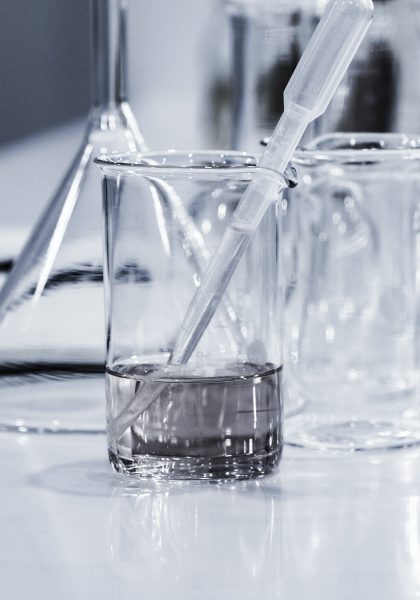
Research projects



